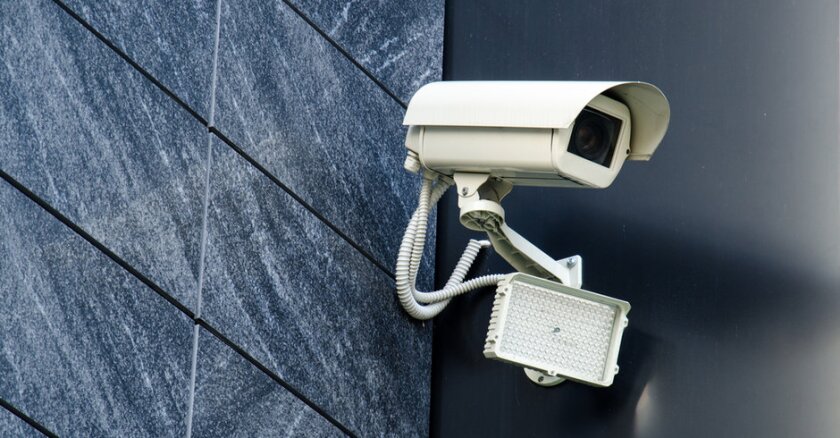Raising the bar for construction site security involves a multifaceted approach that integrates cutting-edge technology, stringent policies, and proactive measures to safeguard both personnel and valuable assets. One of the pillars of next-level construction site security is the incorporation of advanced surveillance systems. Traditional security cameras are being complemented, if not replaced, by state-of-the-art technologies such as artificial intelligence-powered video analytics. These systems not only monitor activities but also possess the capability to identify unusual behavior, potential security threats, and even unauthorized personnel. Drones equipped with high-resolution cameras further extend the reach of surveillance, providing real-time monitoring of large construction sites and enabling rapid response to any emerging issues. Biometric access control systems are becoming indispensable tools in fortifying construction site security. Rather than relying solely on key cards or PIN codes, these systems utilize unique biological traits, such as fingerprints or facial recognition, to grant access.

This not only minimizes the risk of unauthorized entry but also ensures accurate tracking of personnel movement throughout the site. Additionally, the integration of geofencing technology allows for the establishment of virtual boundaries, triggering alerts if a worker strays into restricted areas. The implementation of smart wearables is another facet of heightened construction site security. These devices not only enhance worker safety by monitoring vital signs and detecting potential health issues but also serve as a means of real-time communication. GPS-enabled smart helmets or vests provide precise location tracking, enabling swift response in emergency situations and ensuring the well-being of each worker on the prem tech solutions. To fortify the digital front, cybersecurity measures are imperative. Construction sites are increasingly reliant on interconnected systems, from project management software to IoT devices. Securing these networks against cyber threats is paramount, necessitating robust firewalls, regular vulnerability assessments, and employee training on cybersecurity best practices. As construction sites become more digitally interconnected, the vulnerability to cyber attacks grows, making it imperative to prioritize the cybersecurity aspect of overall site security.
Furthermore, instituting stringent access control policies and protocols for equipment is crucial. Implementing RFID Radio-Frequency Identification technology ensures that only authorized personnel can operate heavy machinery. This not only prevents theft or sabotage but also enhances overall site safety by ensuring that only trained and qualified individuals have access to potentially hazardous equipment. In conclusion, elevating construction site security to the next level requires a holistic and forward-thinking approach. By embracing cutting-edge technologies like AI-powered surveillance, biometric access control, smart wearables, and robust cybersecurity measures, construction sites can not only mitigate risks but also enhance overall efficiency and productivity. In an era where construction projects are larger and more complex than ever, ensuring the security of both personnel and assets is an investment that pays dividends in the long run.



